Home>Gardening & Outdoor>Landscaping Ideas>When To Start Mowing Grass
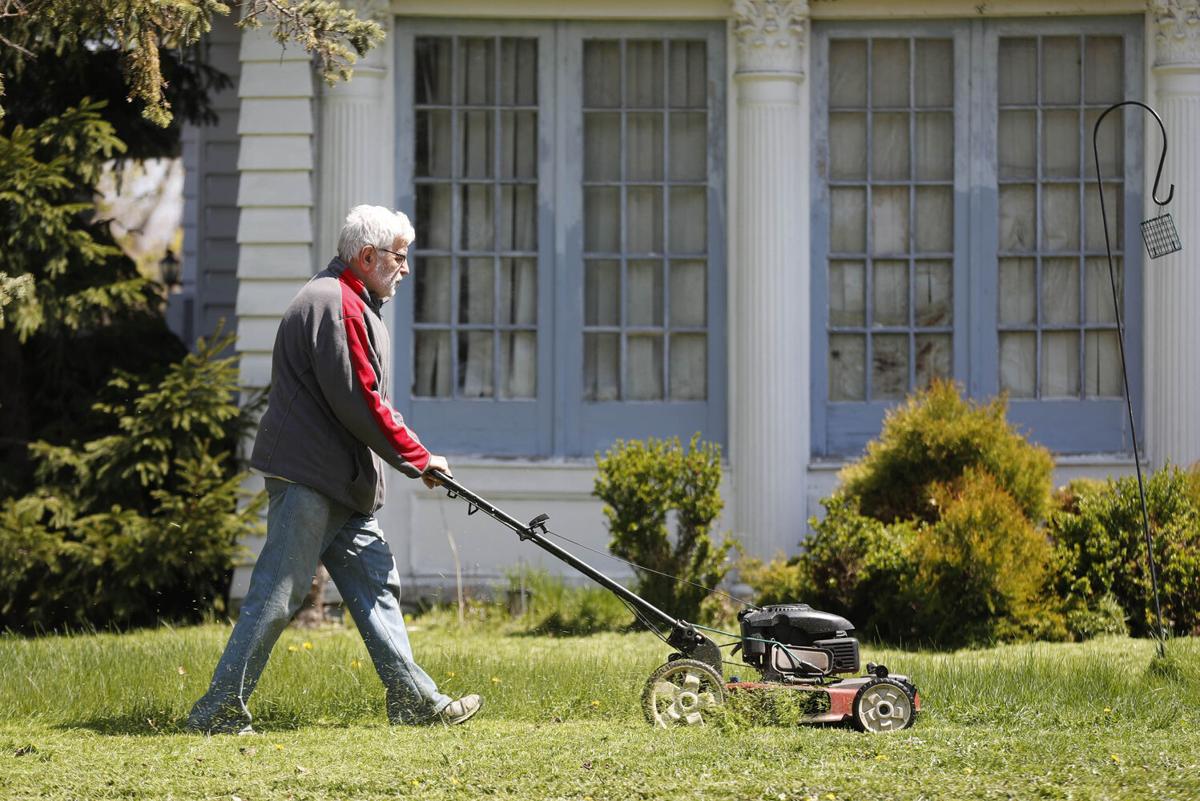

Landscaping Ideas
When To Start Mowing Grass
Modified: February 18, 2024
Learn the best landscaping ideas and when to start mowing grass for a lush, healthy lawn. Get expert tips and advice for maintaining your outdoor space.
(Many of the links in this article redirect to a specific reviewed product. Your purchase of these products through affiliate links helps to generate commission for Storables.com, at no extra cost. Learn more)
Factors to Consider Before Starting to Mow
Before firing up the lawnmower and diving into the task of mowing your lawn, it's crucial to consider several factors to ensure the best results for your grass and landscaping efforts. By taking these factors into account, you can maintain a healthy and vibrant lawn that enhances the beauty of your outdoor space.
-
Grass Height: One of the primary considerations before mowing your lawn is the height of the grass. It's essential to avoid cutting the grass too short, as this can stress the plants and make them more susceptible to pests and diseases. Conversely, allowing the grass to grow too tall can lead to an unkempt appearance and hinder healthy growth. Understanding the ideal height for your specific grass type is crucial for maintaining its health and appearance.
-
Weather Conditions: Assessing the weather conditions is vital before embarking on a mowing session. It's advisable to avoid mowing the lawn when the grass is wet, as this can result in an uneven cut and potentially damage the grass. Additionally, extreme heat can place stress on the grass, so it's best to schedule mowing sessions during cooler parts of the day, such as the morning or late afternoon.
-
Blade Sharpness: The sharpness of the lawnmower blades is often overlooked but plays a significant role in the health of the grass. Dull blades can tear the grass instead of cleanly cutting it, leading to a ragged appearance and leaving the grass vulnerable to diseases. Therefore, ensuring that the lawnmower blades are sharp before each mowing session is essential for maintaining the grass's health and promoting a neat, well-manicured look.
-
Soil Moisture: The moisture content of the soil is another crucial factor to consider before mowing the lawn. If the soil is excessively dry, mowing can further stress the grass and impede its growth. Conversely, mowing when the soil is overly wet can lead to soil compaction and damage the grass roots. It's important to strike a balance and mow when the soil is slightly dry to prevent unnecessary stress on the grass.
-
Mowing Frequency: Determining the frequency of mowing is essential for maintaining a healthy lawn. Over-mowing can weaken the grass and inhibit its ability to thrive, while infrequent mowing can result in an overgrowth that detracts from the lawn's aesthetic appeal. Understanding the optimal mowing schedule for your specific grass type is crucial for promoting healthy growth and a lush appearance.
By considering these factors before starting to mow, you can ensure that your lawn maintenance efforts contribute to the overall health and beauty of your outdoor space. Taking the time to assess these key elements will enable you to make informed decisions and implement best practices for mowing your lawn, ultimately leading to a vibrant and well-maintained landscape.
Key Takeaways:
- Mow your lawn when the grass is one-third taller than its ideal height, and pay attention to signs like wilting, footprints remaining, and rapid growth. This helps maintain a healthy and attractive lawn.
- Mow your lawn in the morning or late afternoon to avoid stress on the grass, and consider factors like grass growth rate, seasonal changes, and environmental conditions to determine the best mowing frequency. This promotes a vibrant and well-kept outdoor space.
Read more: When To Start Mowing Bermuda Grass
Signs That Your Grass is Ready to be Mowed
Knowing when to mow your lawn is essential for maintaining its health and appearance. By paying attention to certain signs, you can determine the optimal time to mow, ensuring that your grass remains lush and vibrant.
-
Grass Height: When the grass reaches approximately one-third taller than its ideal mowing height, it's a clear indication that it's ready to be mowed. For most grass types, this translates to a height of around 3 to 4 inches. Allowing the grass to exceed this height can lead to an unkempt appearance and hinder healthy growth.
-
Visible Wilting or Folding: Observing the grass blades for signs of wilting or folding can also signal that it's time for mowing. When the grass starts to wilt or fold over, it indicates that it has grown too tall and is struggling to maintain its upright position. Mowing at this stage can help rejuvenate the grass and promote healthy growth.
-
Footprints Remain: Another sign that your grass is ready to be mowed is when footprints or tire tracks remain visible on the lawn after walking or driving across it. This indicates that the grass has grown tall enough to be mowed and will benefit from a trim to restore its even and well-manicured appearance.
-
Grass Growth Rate: Monitoring the growth rate of your grass provides valuable insight into when it's ready to be mowed. If you notice rapid and consistent growth, it's a strong indication that the grass is in need of a trim to maintain its optimal height and health.
-
Overall Appearance: Lastly, the overall appearance of your lawn serves as a visual cue for determining when to mow. When the grass starts to look overgrown and loses its neat and tidy appearance, it's a clear indication that it's time to mow and restore the lawn's aesthetic appeal.
By being attentive to these signs, you can effectively gauge when your grass is ready to be mowed, ensuring that your lawn remains healthy, vibrant, and visually appealing. Incorporating these observations into your lawn maintenance routine will contribute to the overall beauty of your outdoor space, creating a welcoming and well-kept environment for relaxation and enjoyment.
Best Time of Day to Mow Your Lawn
Determining the best time of day to mow your lawn is crucial for achieving optimal results and maintaining the health and appearance of your grass. While it may be tempting to tackle this task at any convenient time, considering the following factors can significantly impact the outcome of your lawn maintenance efforts.
Morning Hours
Mowing your lawn in the morning, particularly during the late morning hours, offers several advantages. The weather is often cooler during this time, reducing the stress on both the grass and the person mowing. Additionally, morning dew has usually evaporated by this time, ensuring that the grass is dry and less prone to clumping during mowing. The grass is also more upright in the morning, making it easier to achieve a clean and even cut.
Late Afternoon or Early Evening
Another favorable time for mowing your lawn is during the late afternoon or early evening. As the heat of the day begins to wane, the weather becomes more conducive to outdoor activities. Mowing during this time allows the grass to recover overnight without the stress of midday heat. Additionally, the evening sunlight can enhance the visual appeal of the freshly mowed lawn, creating a warm and inviting ambiance in your outdoor space.
Read more: When To Mow Overseeded Grass
Avoid Midday Mowing
It's advisable to avoid mowing your lawn during the midday hours, especially in the peak of the summer months. The intense heat and direct sunlight during this time can place significant stress on the grass, making it more susceptible to damage. Mowing in such conditions can also exhaust the person operating the mower due to the high temperatures, potentially leading to discomfort and fatigue.
Consider Noise and Neighbors
In addition to considering the optimal time for the health of your lawn, it's important to be mindful of your neighbors and local noise regulations. Choosing to mow your lawn during reasonable hours, such as late morning or early evening, can help minimize disruptions to those around you and ensure that you are in compliance with any noise ordinances in your area.
By taking these factors into account, you can determine the best time of day to mow your lawn, promoting the health and visual appeal of your outdoor space while being considerate of your surroundings. Incorporating this thoughtful approach into your lawn maintenance routine will contribute to a well-kept and inviting landscape, enhancing the overall enjoyment of your outdoor environment.
How Often Should You Mow Your Grass
Determining the frequency of mowing your grass is a crucial aspect of lawn maintenance that significantly impacts its health and appearance. The ideal mowing frequency varies based on factors such as grass type, growth rate, and seasonal changes. By understanding the key considerations and implementing a well-informed mowing schedule, you can promote healthy growth and maintain a visually appealing lawn.
Grass Growth Rate
The growth rate of your grass serves as a primary indicator for establishing the frequency of mowing. Different grass species exhibit varying growth patterns, with some growing more rapidly than others. Observing the growth rate of your grass allows you to adapt the mowing schedule accordingly, ensuring that the lawn maintains an optimal height without becoming overgrown.
Read more: Why Is My Grass Clumping When Mowing
Seasonal Variations
Seasonal changes significantly influence the growth and maintenance requirements of your lawn. During the peak growing season, typically in the spring and early summer, grass tends to grow more rapidly and may require more frequent mowing. As the growth rate slows down in the hotter months, adjusting the mowing frequency accordingly helps prevent stress on the grass and promotes its overall health.
Ideal Mowing Height
Understanding the recommended mowing height for your specific grass type is essential for establishing a suitable mowing schedule. Grasses have an ideal height range that supports healthy growth and resilience. By adhering to the recommended mowing height and adjusting the frequency based on the grass's growth, you can ensure that the lawn maintains an attractive appearance while fostering its well-being.
Environmental Factors
Environmental conditions, such as rainfall and temperature, can impact the frequency of mowing. In periods of abundant rainfall and moderate temperatures, grass tends to grow more rapidly, necessitating more frequent mowing to prevent overgrowth. Conversely, during drier and hotter conditions, adjusting the mowing frequency helps mitigate stress on the grass and conserves its moisture levels.
Consistent Monitoring
Regularly monitoring the condition of your lawn allows you to adapt the mowing schedule based on its specific needs. By observing the grass height, overall appearance, and growth patterns, you can make informed decisions regarding the frequency of mowing, ensuring that the lawn remains well-maintained and visually appealing.
By considering these factors and tailoring the mowing frequency to align with the unique characteristics of your lawn, you can promote healthy growth and maintain an aesthetically pleasing outdoor space. Implementing a well-structured mowing schedule that accounts for grass growth, seasonal variations, and environmental influences contributes to the overall vitality and beauty of your lawn, creating an inviting and enjoyable outdoor environment.
Frequently Asked Questions about When To Start Mowing Grass
Was this page helpful?
At Storables.com, we guarantee accurate and reliable information. Our content, validated by Expert Board Contributors, is crafted following stringent Editorial Policies. We're committed to providing you with well-researched, expert-backed insights for all your informational needs.
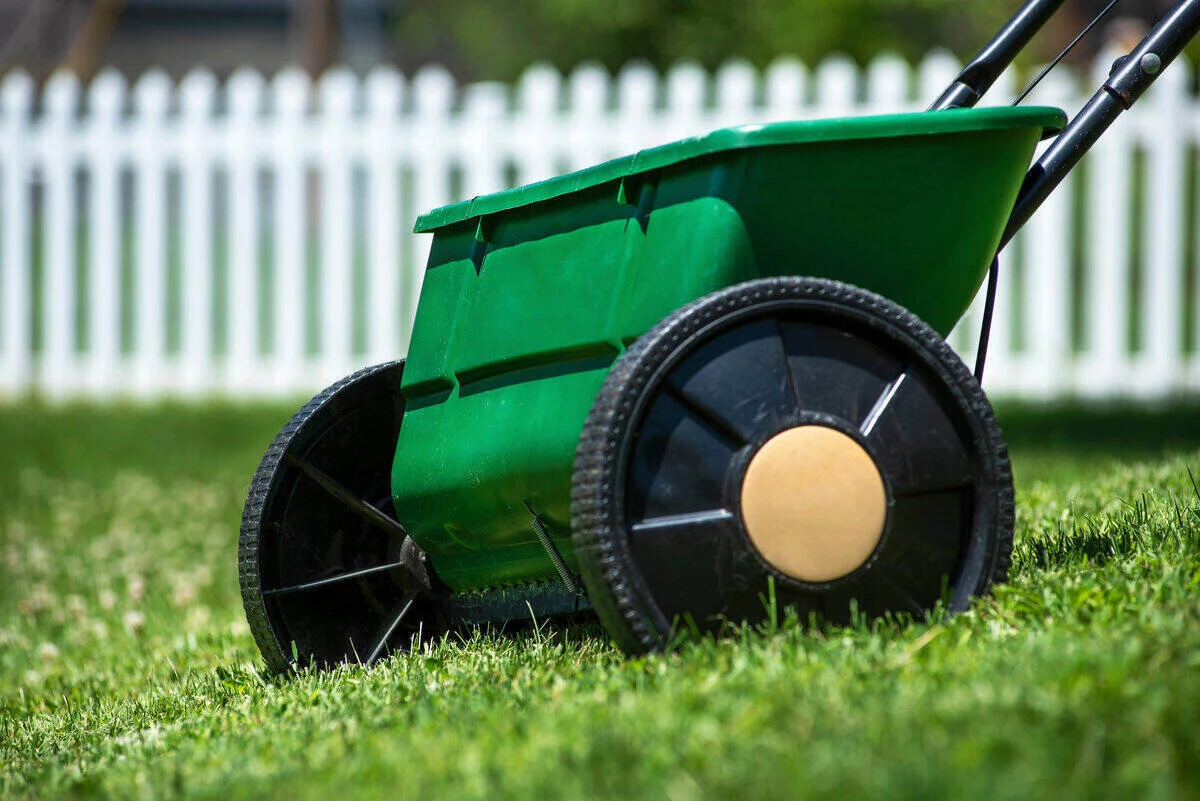

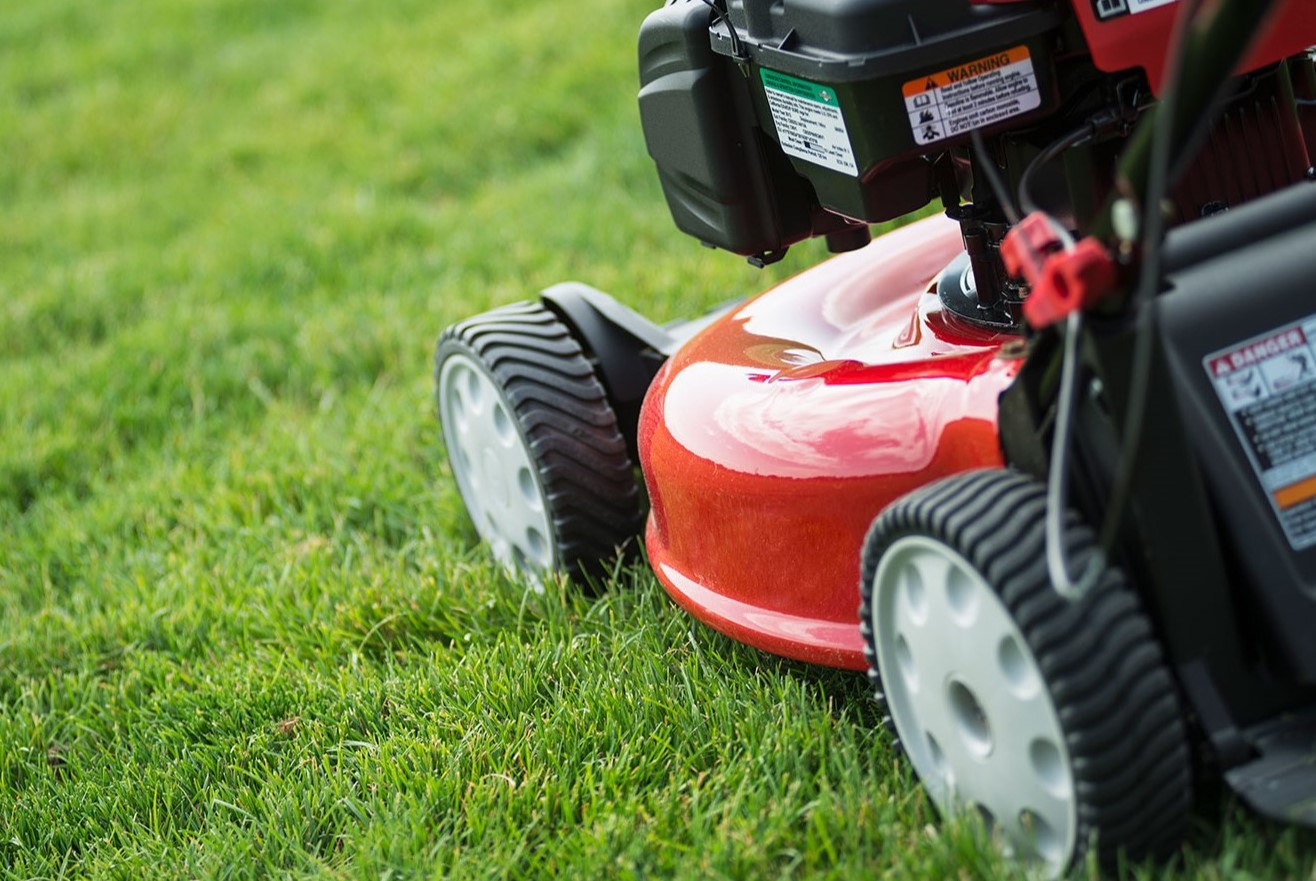
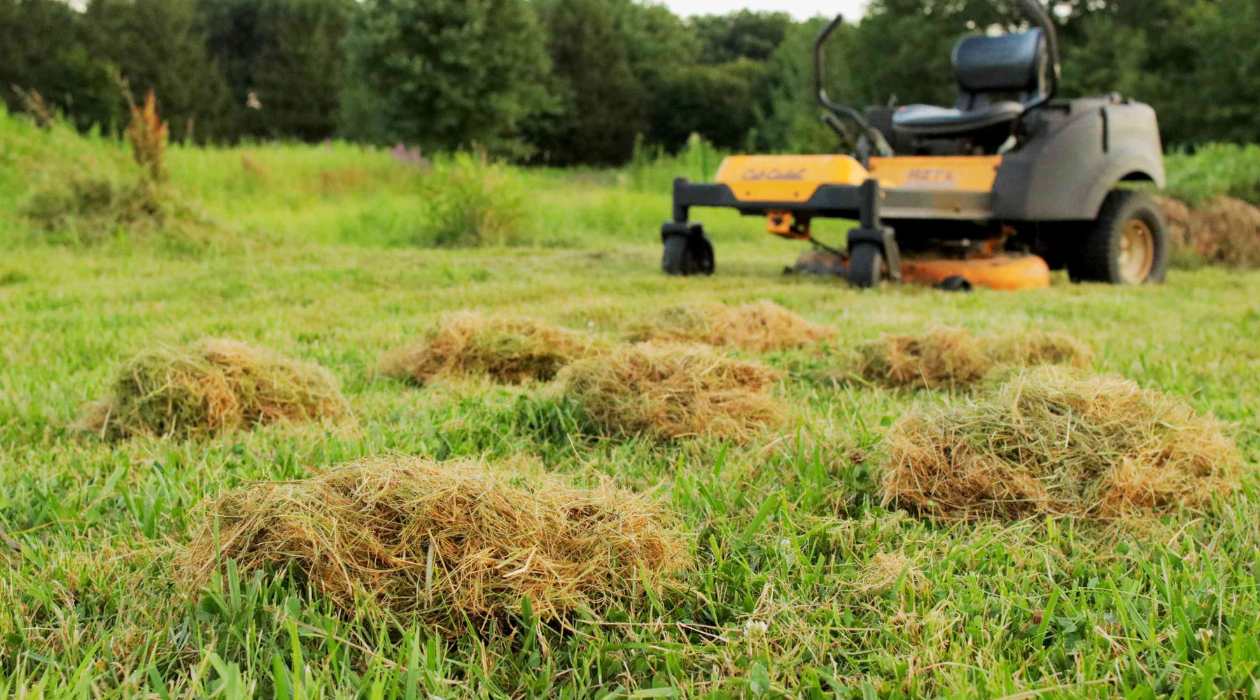
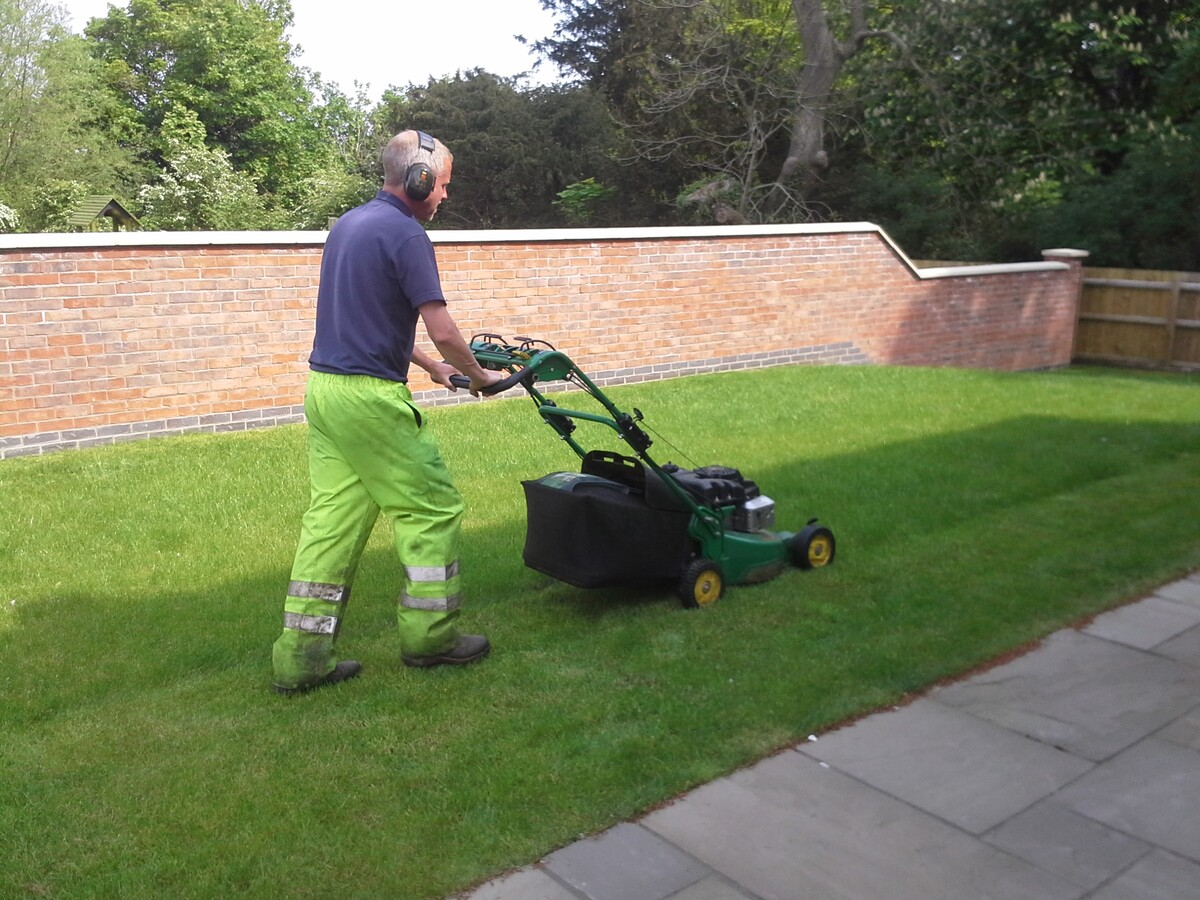
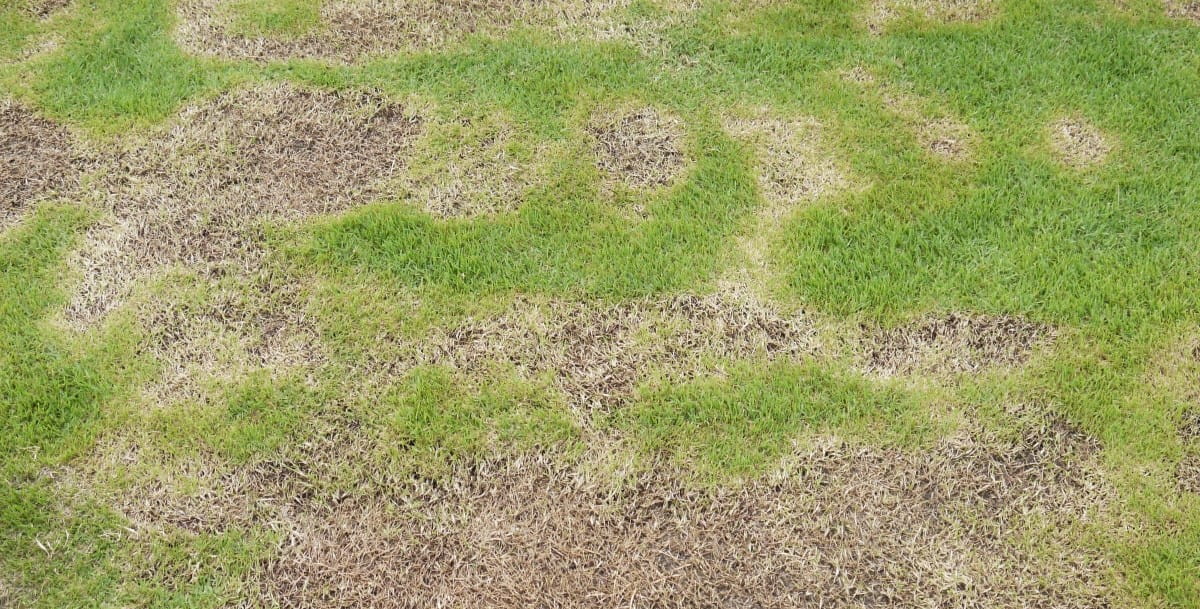
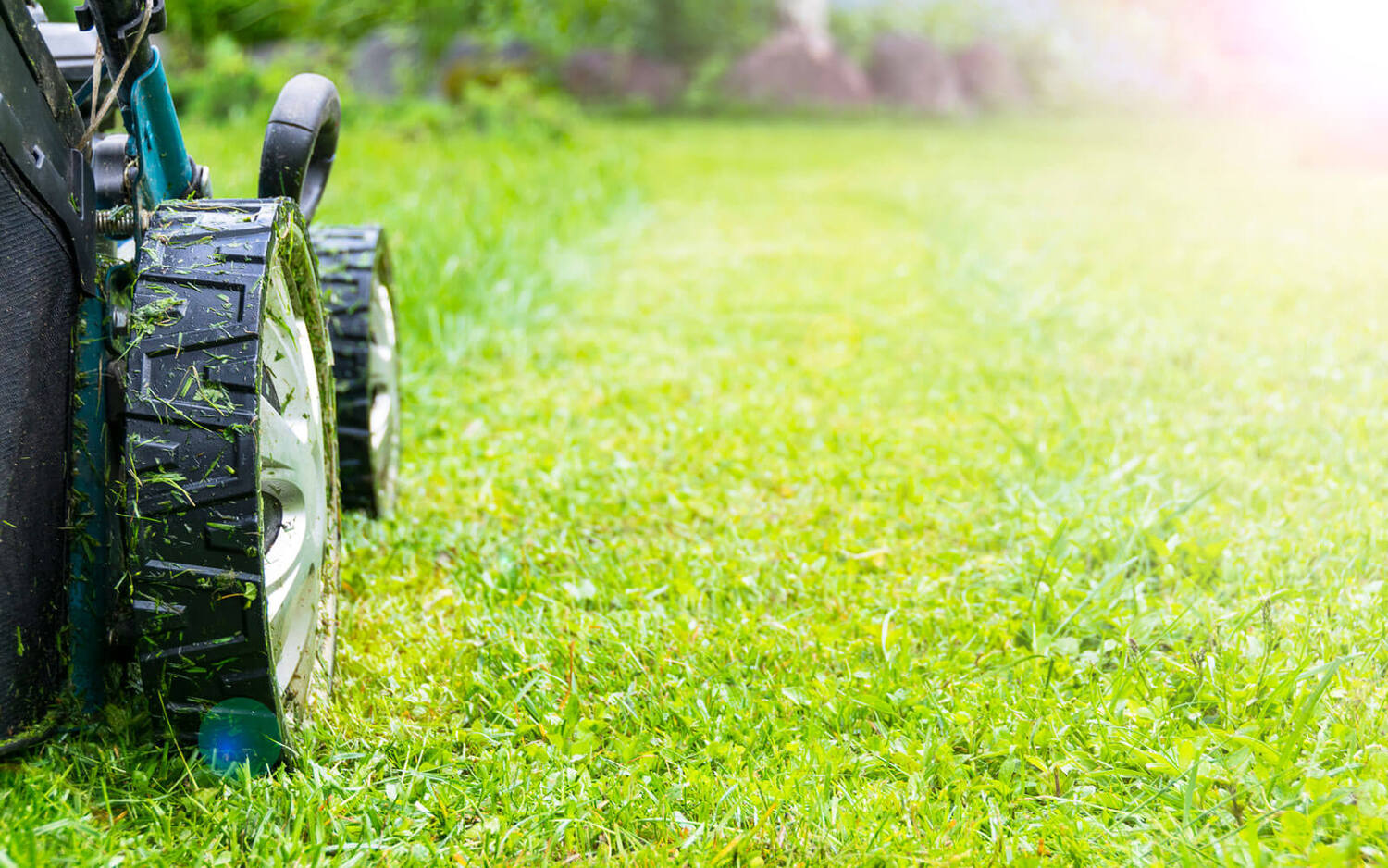
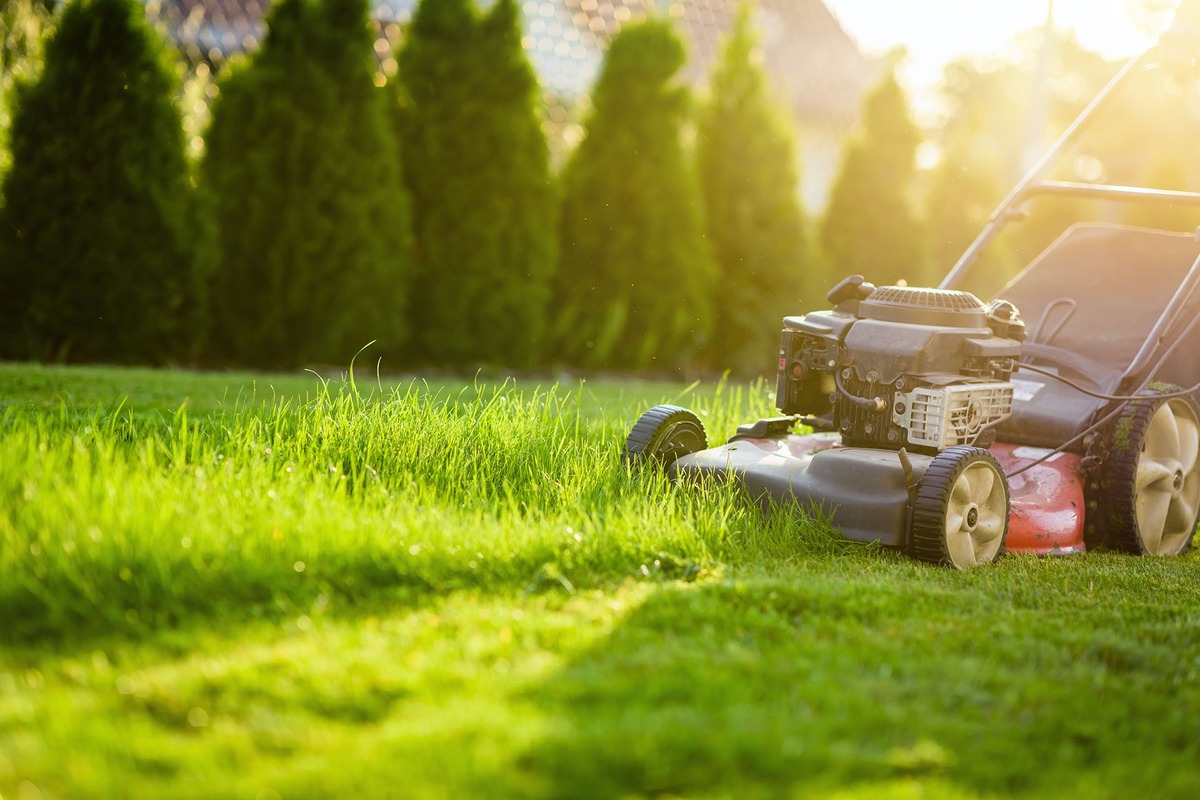
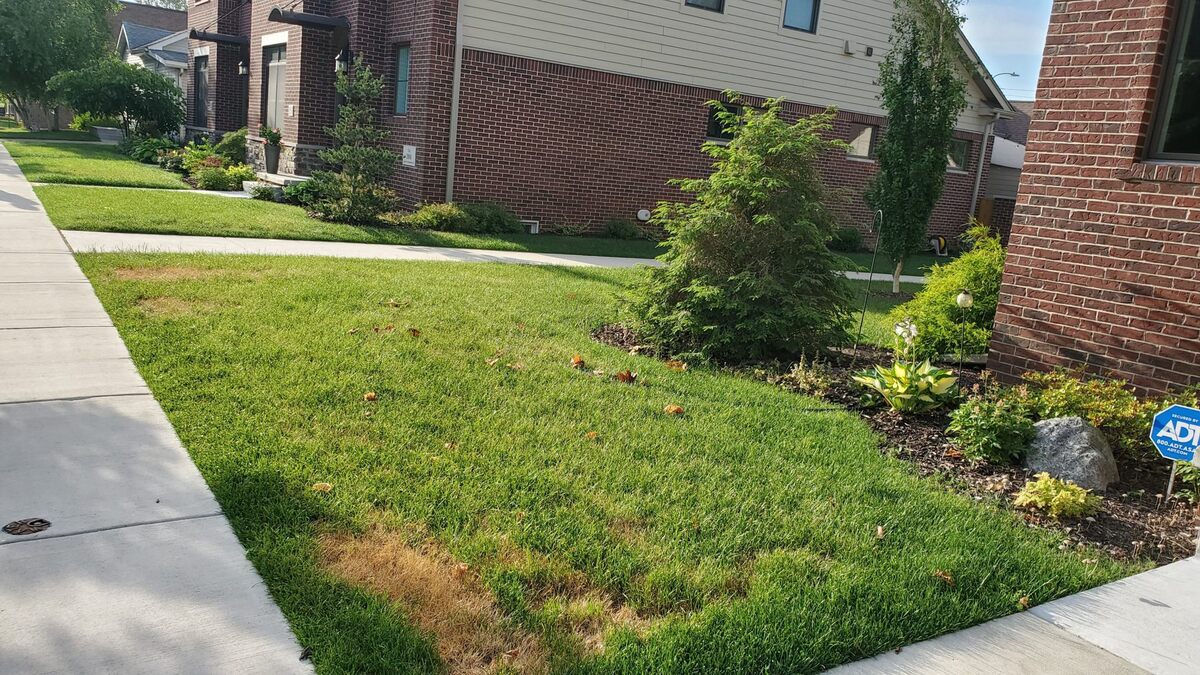
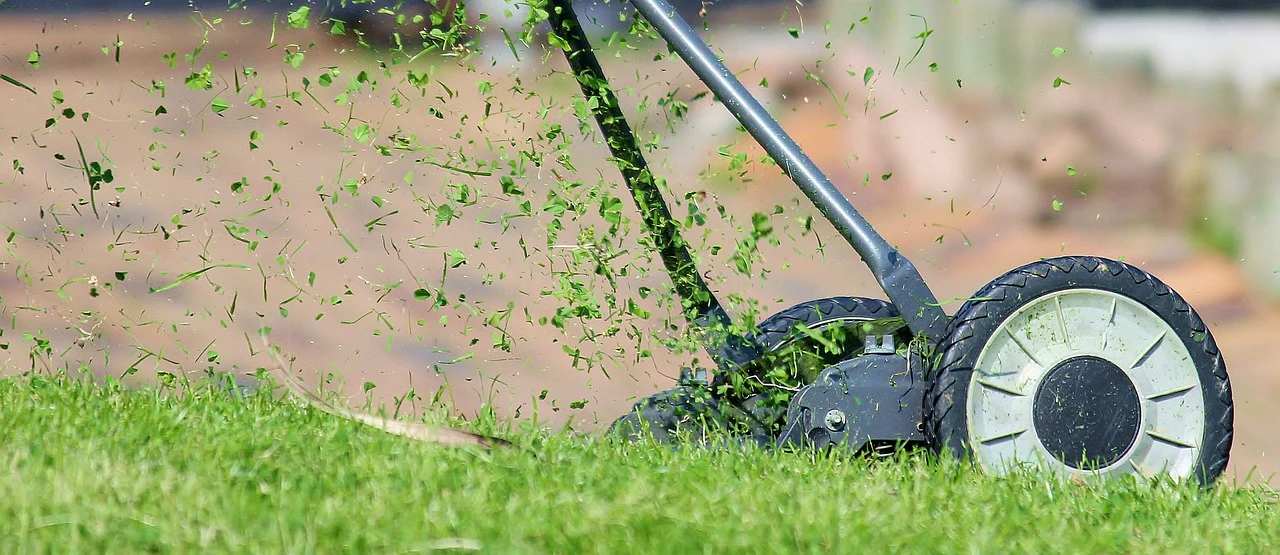
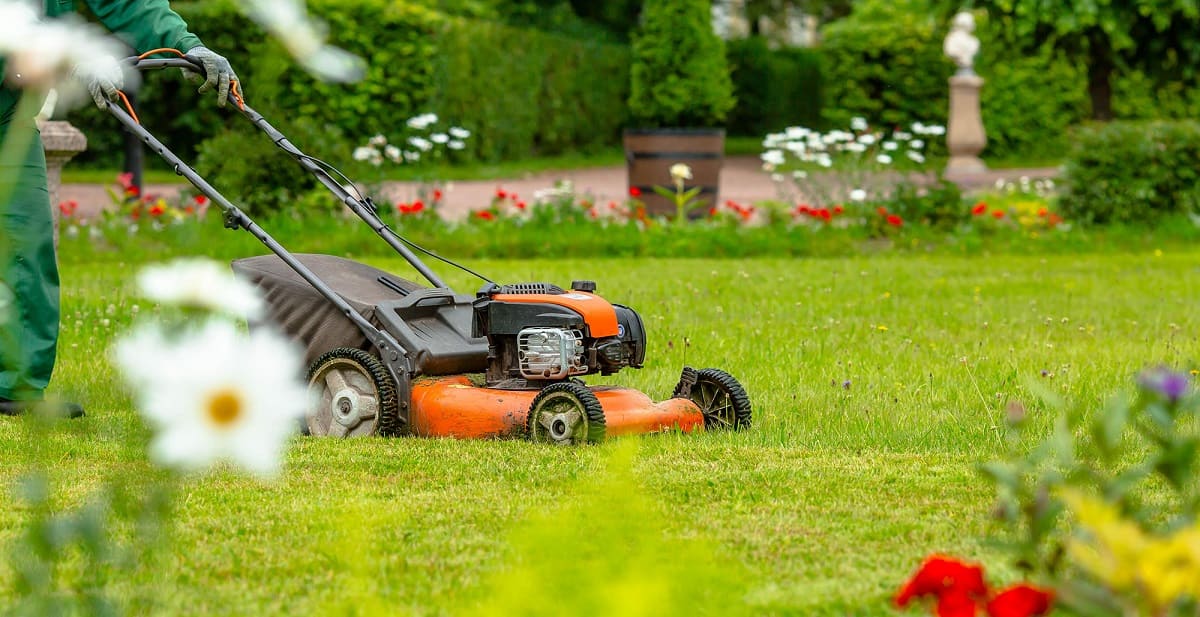

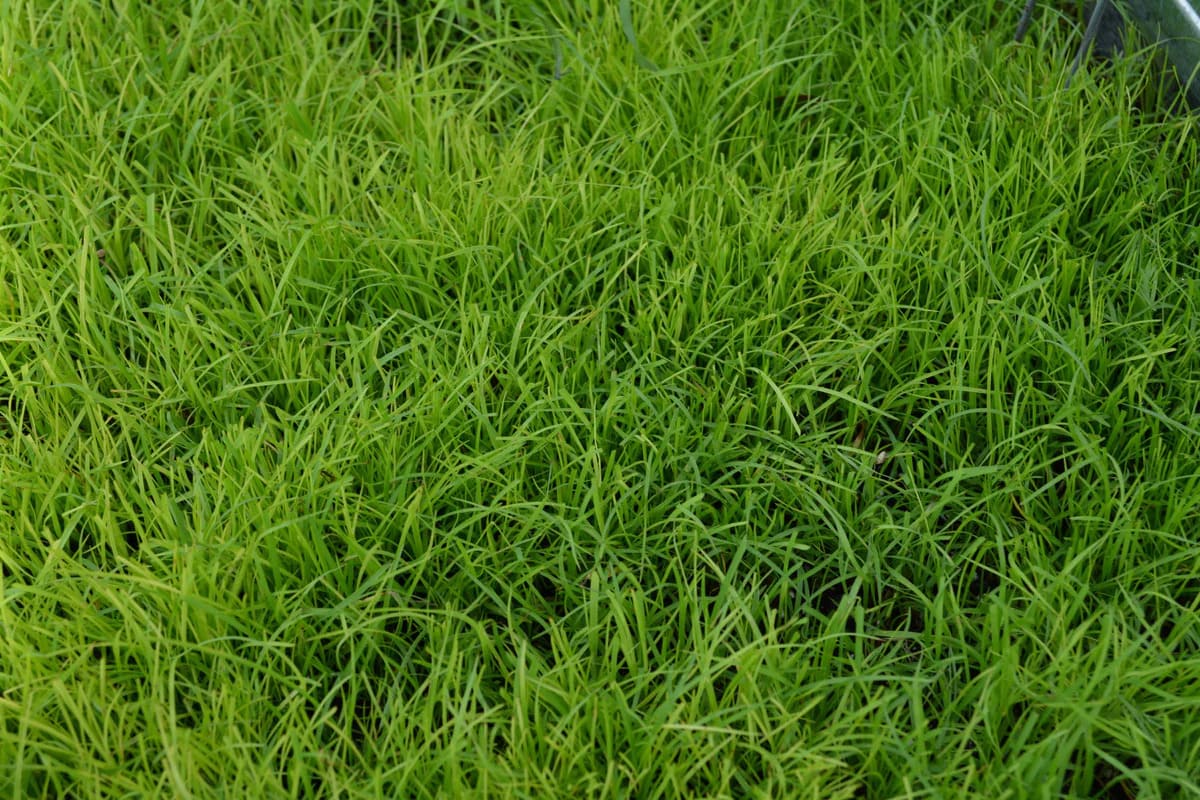

0 thoughts on “When To Start Mowing Grass”